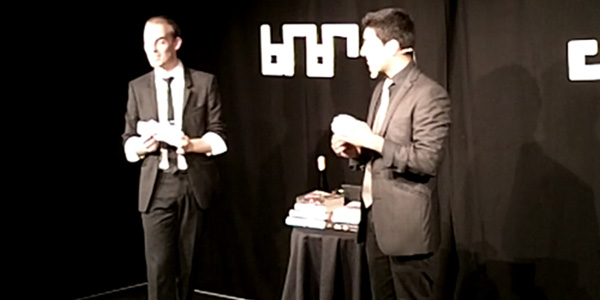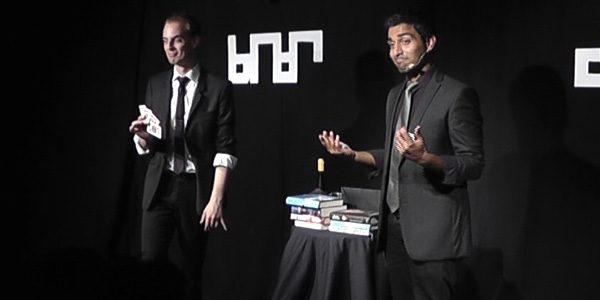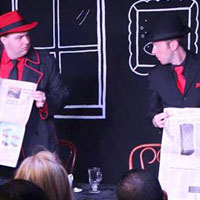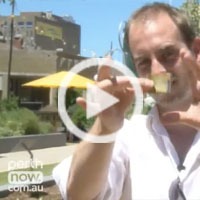One Simple But Powerful Tip For Videoing Stage Performances
As previously mentioned, I spend a lot of time videoing shows. I also spend a lot of time watching other people's videos of shows. Most of them are shot on consumer level camcorders, and most of them have some simple but very easily fixable problems.
If you're not an experienced videographer and you want to record a video of a stage performance (whether it's a concert, play, circus, comedy night, your own show, or anything else), I have one simple tip to offer. If you're not already doing it, this one thing will do more to improve your videos than nearly anything else you can do with your camera.
Specifically: set your exposure level manually.
(If you already know what that means and how to do it, then you don't need this article. Otherwise, read on.)
Exposure is essentially how much light is being allowed into the camera to be recorded by the sensor. It is affected by a bunch of things (aperture, shutter speed, ISO sensitivity - things that if you're reading this far you probably neither know nor care about.)
On the vast majority of consumer level video cameras, the camera handles it for you automatically. Modern video cameras are pretty damn good at this. They have a heap of clever algorithms that analyse the image they're seeing and adjust all the settings accordingly to give you a nicely exposed video. If you move into a dark area, they increase the exposure to lighten it. Head out into the daylight, and they drop the exposure to avoid things getting too bright.
But when pointed at a stage, they tend to get confused.
You see, in an average stage performance situation you have brightly lit performer(s) in front of a much darker background. You care about seeing the performer far more than the background. However your video camera's auto exposure system, while very clever, has no way of knowing this. Hence it tries to average everything out, which usually results in a brighter-than-necessary background, and so-over-exposed-they-turn-into-white-blobs performers.
Like this, from a video of a Manipulators show in 2011:
A better exposed image, on the other hand, would have a nearly invisible background and nicely visible performer(s).
Like this, from the same show a few nights later:
The way to make this happen is to set your exposure level manually, rather than let the camera guess for you
How you do this depends on the camera. On most consumer level Sony cameras, you'll find it under a setting called "spot meter" that lets you set the exposure via the touchscreen. On most Panasonics, it's a setting called "Iris" under the manual controls menu. Recent iPhones and most Androids now have a basic but better-than-nothing feature that sets both exposure and focus by touching the screen while in camera mode.
I can't speak for other brands, but if you read the manual or have a poke around the menus, you'll almost certainly find some kind of manual exposure control. As a rule of thumb, if it has a zoom control it probably also has manual exposure controls somewhere.
Experiment with it, learn to use it, and it will do more to improve videos of stage shows than any other thing you do with a video camera.




